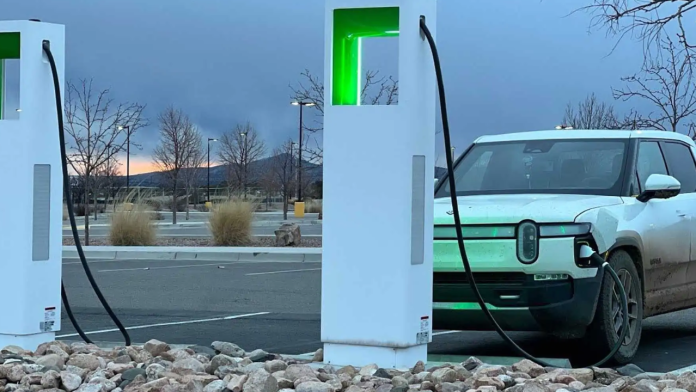Electric vehicles (EVs) are at the forefront of efficiency and environmental responsibility in this era of climate consciousness and the pursuit of sustainable transportation. The growing need to cut carbon emissions and reliance on fossil fuels has catapulted EVs into the spotlight, marking a fundamental shift in the automotive sector.
The capacity of EVs to convert a higher percentage of electrical energy from the grid to power at the wheels, beating traditional internal combustion engines, highlights their efficiency. Visit vremtglobal.com for more up-to-date information. EVs are more sustainable throughout their lives than just being efficient, as evidenced by their lower emissions of greenhouse gases and air pollutants.
Role of Material Innovation in Enhancing Efficacy and Sustainability of Electric Vehicles
Electric vehicles (EVs) have emerged as essential players in the field of clean and efficient transportation as the globe rushes towards a sustainable future. Material innovation a dynamic force pushing breakthroughs in vehicle design, efficiency, and sustainability is critical to the transformative success of EVs. This article investigates the varied influence of material innovation on EVs, diving into how new materials improve efficacy, expand range, and reduce environmental footprints.
Lightweight Materials for Enhanced Efficiency
The incorporation of lightweight materials like advanced composites, aluminum, and high-strength steel is at the forefront of material innovation in EVs. These materials are critical in reducing the weight normally associated with battery systems, resulting in enhanced energy efficiency and driving range. Because lighter vehicles consume less energy, lightweight materials are critical to improving the overall efficiency of EVs.
Advanced Battery Technologies
Battery material advancement has a dramatic impact on the EV industry. Cathode and anode materials are always being improved to increase energy density, charging times, and overall battery performance. Silicon-graphene composites and solid-state electrolytes are pushing the limits of standard lithium-ion technology, offering higher energy storage capacities and longer battery lifespans.
Sustainable and Recycled Materials
The automobile industry is undergoing a paradigm shift towards sustainability, and material innovation is a crucial driver of this transformation. Manufacturers are increasingly using sustainable and recycled materials in the construction of electric vehicles. From recycled plastic interior components to bio-based materials for panels and trims, these technologies lessen the environmental impact of car manufacturing while also aligning with the circular economy ethos.
Aerodynamics and Drag Reduction
Material innovation goes beyond components to influence overall EV design, notably in terms of aerodynamics. Advanced materials enable sleeker, more aerodynamic designs, which minimize air resistance and increase vehicle economy. Aerodynamic improvements not only increase range but also cut energy usage, making EVs more sustainable and cost-effective in the long run.
Thermal Management Systems
Efficient temperature management is crucial for EV battery performance and longevity. Enhanced materials, such as phase-change materials and enhanced thermal interface materials, play a critical role in thermal management system optimization. These advancements Enhanced batteries run at ideal temperatures, maximizing efficiency and total lifespan.
Integration of Carbon Fiber
Carbon fiber integration in EV manufacturing marks a huge step forward in material innovation. Carbon fiber, known for its outstanding strength-to-weight ratio, decreases vehicle weight without compromising structural integrity. While typically associated with high-performance automobiles, its application in electric vehicles adds to increased efficiency and range, promoting a delicate balance between performance and sustainability.
Durability and Longevity
Material advances are addressing the durability and lifetime of EV components, which have a direct impact on the vehicle’s sustainability. Long-lasting materials help to lengthen vehicle lifecycles, reducing the need for frequent replacements and lowering the environmental impact of manufacturing, maintenance, and disposal.
Thermal Comfort and Insulation
Another aspect of material innovation is improving EV occupants’ thermal comfort. Advanced insulating materials contribute to efficient climate management within the vehicle, eliminating the need for energy-intensive heating or cooling systems. This not only improves the overall driving experience but also adds to the sustainability profile of EVs.
Sum Up
Material innovation is the driving force behind the ongoing electric car revolution, leading the automotive industry towards a more sustainable and efficient future. As material science research and development progresses, the synergy between new materials and electric mobility will play a critical role in defining the future chapter of transportation, one characterized by cleaner, greener, and more efficient electric vehicles.















